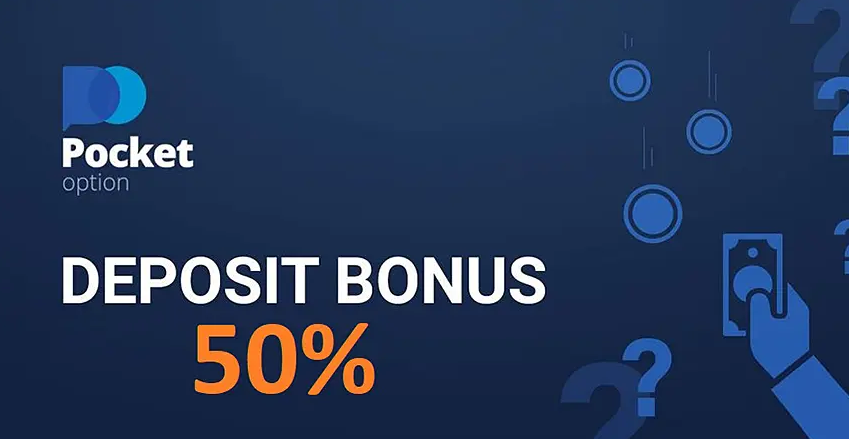
Trading with Ichimoku Kinko Hyo
In the world of trading, navigating the complexities of market trends and price movements can be daunting. However, with the right tools and strategies, traders can empower themselves to make informed decisions that enhance their profitability. One such tool that has gained popularity among traders is the Ichimoku Kinko Hyo, a comprehensive trading system that offers insights into market momentum, support and resistance levels, and potential trade entries. This article delves into the various components of the Ichimoku Kinko Hyo strategy and how you can effectively incorporate it into your trading routine. For a deeper understanding, check out this resource: Trading with Ichimoku Kinko Hyo in Pocket Option https://trading-pocketoption.com/torgovlya-s-pomoshhyu-ichimoku-kinko-hyo-v-terminale-ot-pocket-option/.
Understanding Ichimoku Kinko Hyo
The term “Ichimoku Kinko Hyo” translates to “one glance equilibrium chart” in Japanese, and it is designed to provide traders with a holistic view of the market at a glance. This system is not merely a single indicator; rather, it is an amalgamation of five different components that work together to provide a comprehensive picture of the market’s health. Each component serves a specific function in helping traders identify trends, reversals, and potential support and resistance levels.
The Five Components of Ichimoku Kinko Hyo
- Tenkan-sen (Conversion Line): This line is calculated by averaging the highest high and the lowest low over the last nine periods. It serves as a short-term indicator of momentum.
- Kijun-sen (Base Line): The Kijun-sen is calculated over 26 periods and provides insight into longer-term trend momentum. It acts as a critical support/resistance level.
- Senko Span A (Leading Span A): This is the average of the Tenkan-sen and Kijun-sen plotted 26 periods into the future. It aids in defining the overall trend.
- Senko Span B (Leading Span B): This line is calculated by averaging the highest and lowest values over the last 52 periods and is plotted 26 periods ahead. It provides additional support and resistance levels.
- Chikou Span (Lagging Span): This lagging line represents the closing price plotted 26 days into the past, offering confirmation signals for traders.
How to Use Ichimoku Kinko Hyo in Trading
Understanding how to interpret the various components of Ichimoku Kinko Hyo is paramount for traders looking to leverage this powerful tool. Here are some practical guidelines to help you use the Ichimoku system effectively:
1. Identifying Trends
The general trend direction can be assessed by observing the position of the price relative to the cloud (the area between Senko Span A and Senko Span B). If the price is above the cloud, the trend is considered bullish; if it’s below, the trend is bearish. If the price is within the cloud, it suggests a consolidation phase, indicating that traders should proceed with caution.
2. Trade Signals
The interaction between the Tenkan-sen and Kijun-sen provides real-time trade signals. A bullish signal is generated when the Tenkan-sen crosses above the Kijun-sen, whereas a bearish signal occurs when the Tenkan-sen crosses below the Kijun-sen. These crossovers can be used as entry points for trades.

3. Support and Resistance Levels
The Kijun-sen and Senko Span lines can act as dynamic support and resistance levels. A price bounce off these lines can indicate potential trade opportunities, while a break below these levels may signal that a trend reversal is in the works.
4. Confirmation with Chikou Span
The Chikou Span can be used for confirmation of trends. A bullish indicator is when the Chikou Span is above the price, while a bearish indicator is when it is below the price. This component adds an extra layer of verification for the trends indicated by the other components.
Combining Ichimoku with Other Indicators
While the Ichimoku Kinko Hyo system stands on its own as a robust trading strategy, combining it with other technical analysis tools can further enhance your trading decisions. For instance, utilizing oscillators such as the Relative Strength Index (RSI) or moving averages can help confirm signals given by the Ichimoku system and minimize false signals. This multi-faceted approach can improve your win rate and overall trading success.
Common Mistakes to Avoid
As with any trading strategy, there are common pitfalls to avoid when using the Ichimoku Kinko Hyo system. Here are a few warnings:
- Relying solely on Ichimoku signals without considering broader market context can lead to impulsive trading decisions.
- Ignoring time frames: What may appear as a bullish signal on a shorter time frame may not align with the overall trend on a longer time frame, resulting in conflicts.
- Failing to manage risk properly: Always use stop-loss orders to protect against adverse market movements.
Final Thoughts
Trading with Ichimoku Kinko Hyo can significantly enhance your technical analysis and trading strategy, providing you with a comprehensive framework to assess market trends and make informed decisions. By mastering its five components and understanding how to utilize them effectively, you can embark on a more structured and disciplined trading journey. As with any trading system, practice makes perfect, so ensure you spend adequate time backtesting and applying the principles of Ichimoku Kinko Hyo in a demo environment before risking your capital. Happy trading!

